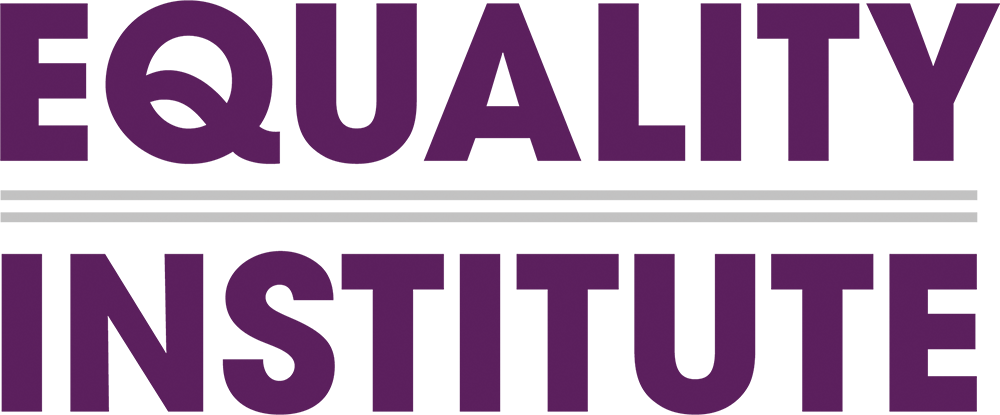Note: this post first appeared on the WeddingWire EDU blog.
When I’m working with teams training them on attracting LGBTQ customers and growing their client base, my first focus is always language and terminology. I believe that language is the foundation of our society and to effectively serve the LGBT wedding market, we must first truly understand the language of our community.
Let’s start with the easy part: LGBT or sometimes seen as LGBTQ. L stands for lesbian, G for gay, and B for bisexual. All of those are examples of sexual orientation – who we fall in love with, who we are attracted to, and who we want to go to bed with.
The T in LGBT stands for transgender, or someone whose physical body doesn’t match the gender identity in their brain. Those folks are likely to change their bodies to match their minds. The most visible transgender person in the world is probably Caitlyn Jenner, a transwoman, or more accurately, a woman.
And Q stands for queer. Queer is a pretty controversial term, one that has historically been a derogatory term for members of our community. For example the older generation of LGBT folks are often still offended by that term “queer.” They may have been referred to as queer by bullies in high school, college, or even by members of their own family. For them queer is a really controversial and actually offensive term. That’s why I never recommend the use of queer (as a standalone term) in your marketing materials.
However, using LGBTQ as opposed to LGBT is actually a broader term and may be a successful way to market your wedding business. Simply put, queer has actually been reclaimed particularly by Millennials and used as an umbrella term that seeks an understanding of gender and sexual identity as complex and fluid. See, gender is a spectrum. There are lots of people who don’t identify with either male or female boxes, but rather fall somewhere in between. Simply put, they are gender fluid. Another word for gender fluid is genderqueer, commonly shortened as queer.
Similarly there are lots of people who don’t identify as straight, gay or even bisexual. Sexual identity is also a spectrum. If someone has a broad range of attraction to all different kinds of people there’s a very good chance they’re going to self-identify as pansexual or queer. Sometimes I referred to queer as “the anti-label label”: for people who are more fluid and don’t like labels or boxes, it’s the perfect label.
So, why does this matter in the wedding industry? First off, it’s a marketing consideration. Should you use the term LGBT or LGBTQ? If you live in a very liberal place, your client base is currently very progressive liberal couples, and if you often hear from the couple themselves first instead of having parents involved in the planning, then you may consider using LGBTQ instead of LGBT in your marketing materials. LGBTQ is also the perfect term if your target audience is millennial LGBTQ folks. However, if your target audience is older same-sex couples, then I would advise not using LGBTQ and instead just using LGBT. Remember, that older LGBT folks have some baggage around the term queer, particularly if it was used as a slur against them.
Truly, under no circumstances, unless you are part of our community, should you use the word queer on its own. Queer as a standalone term is simply not acceptable because of its history as a derogatory term, and too risky because you may alienate members of the community. For example you should not put on your website “we plan queer weddings.” You should just bear in mind that some couples may self-identify as queer to you.
Additionally, regardless of how someone appears or physically presents themselves, it’s critical that you respect their identity – and if you’re not clear on how to refer to someone, what pronoun to use or how otherwise to identify the person, simply ask. It’s always better to ask than to assume – and until you’re comfortable asking, use their first name without making any other assumptions. You can use a simple statement such as: “As we work together, I want to be sure to treat you with respect. Is there a pronoun you’d feel comfortable with?”
Contemporary couples don’t like boxes, and for those that are LGBTQ, this is particularly true. It’s critical to treat all our clients with respect, and in the LGBTQ community, that starts with a fundamental understanding of the language we use to describe ourselves.
